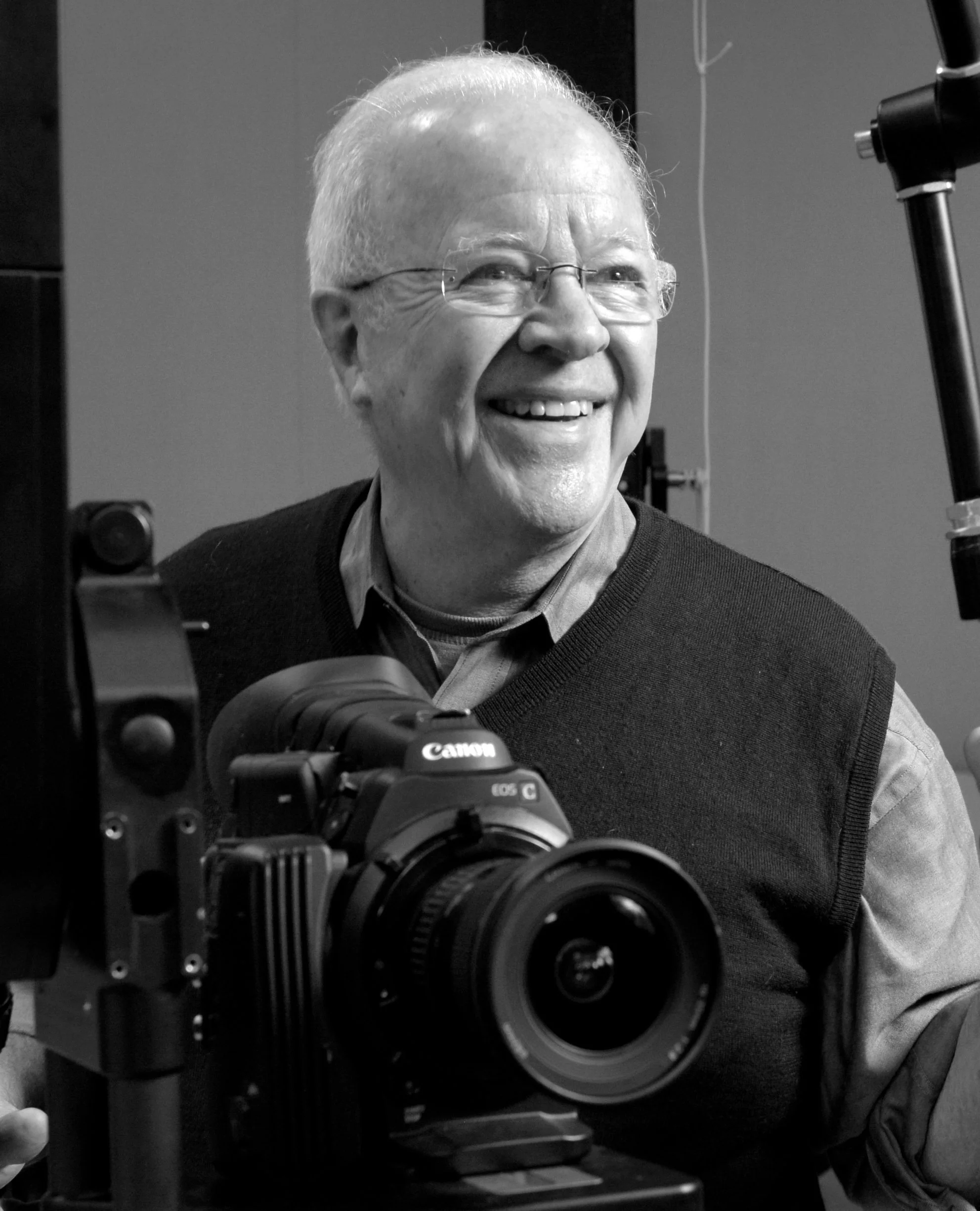DOUGLAS TRUMBULL
(8 April 1942 - 7 February 2022)
The American film director Douglas Trumbull, who has died from cancer aged 79, was better known as a supervisor of special effects and an inventor of new technology for the film industry. He worked on several science fiction films including 2001: A Space Odyssey, Close Encounters of the Third Kind, Silent Running, Blade Runner and Star Trek: The Motion Picture. In fact, he directed only two feature films, Silent Running in 1972 and Brainstorm in 1983, although he also directed a number of short films and acted as producer on others, including some work for television. He also created special photographic effects for other films.
Douglas Trumbull was born in Los Angeles to Donald Trumbull and his artist wife Marcia Hunt. His father worked in the film business on visual effects for such films as The Wizard of Oz, Spaceballs, Firefox, Battlestar Galactica and Star Wars, which Douglas had to turn down. They both worked together on Silent Running and Close Encounters. As a child, Douglas enjoyed making things, electrical and mechanical objects, and had a passion for sci-fi movies. Initially studying to be an architect, he progressed to illustration and eventually worked at Graphic Films on shorts for NASA and the US Air Force. A film produced for the New York World's Fair saw him meeting with director Stanley Kubrick, the result being 2001: A Space Odyssey. All the effects produced by Trumbull were done way before CGI - without the aid of computers. They stand up well against current special effects work, considering that everything then was created within the camera.
Following on from 2001 he worked on special effects for The Andromeda Strain, Robert Wise's 1971 film of Michael Crichton's science fiction thriller about a deadly disease, with Arthur Hill, David Wayne and Kate Reid. In 1972 Trumbull directed and supplied the special effects for Silent Running which had Bruce Dern as an astronaut being directed to destroy all the remaining plant life housed on board a spaceship. It introduced cinemagoers to three robots called Huey, Dewey and Louie, which bear a certain resemblance to the future R2-D2 of Star Wars fame. Silent Running was made on a low budget in just a month and yet it remains one of the best sci-fi movies in the whole canon.
After some uncredited work on The Towering Inferno (1974), Trumbull eschewed working on Star Wars and instead created effects for Steven Spielberg's Close Encounters of the Third Kind. He also initially turned down work on Star Trek: The Motion Picture but eventually did work on the film. Then, in a change of location, from outer space to the inner space of Los Angeles, Trumbull provided effects for Ridley Scott's Blade Runner (1981) before embarking on his second feature film, Brainstorm for which he hoped to employ his new invention, the Showscan process, using special cameras and projectors to film and project 70mm film at sixty frames per second. However, the process was not used and Brainstorm is only remembered now as the film during which Natalie Wood died in a boating accident.
After that Trumbull quit Hollywood to work for companies he set up to produce new special effects. He did, however, design the Back to the Future ride at Universal Studios and returned in 2011 for Terrence Malick's The Tree of Life. The director, tired of CGI effects, let Trumbull go back to the working methods used on 2001. He carried on inventing new techniques and even went as far as beating Showscan by a new capture and projection system called Magi running at 120 frames per second. His last major work was on The Man Who Killed Hitler and Then the Bigfoot with Sam Elliott, Aidan Turner and Caitlin Fitzgerald, in 2018.
Among the honours that Trumbull received were induction into the Science Fiction Hall of Fame, the Georges Méliès Award and Academy Awards for his scientific and engineering work and for his technological contributions to the industry.
Douglas Trumbull was first married to Cherry with whom he has two daughters, Amy and Andromeda, then to the art and costume designer Ann Vidor until her death in 2001, and then to Julia Hobart from 2012 until his death.
MICHAEL DARVELL

